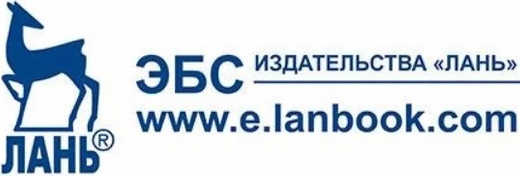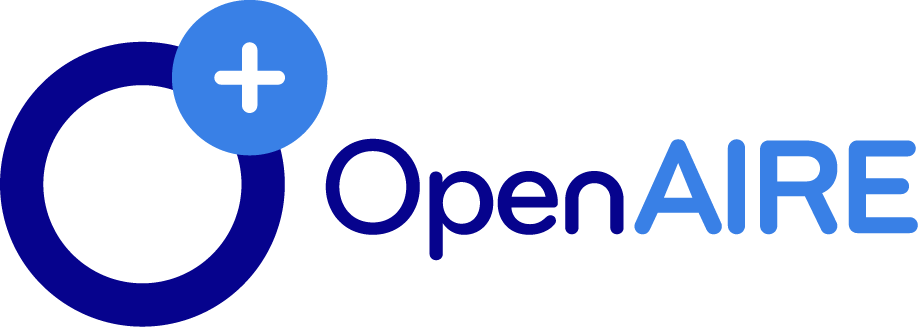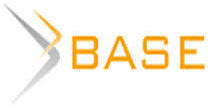SIMULATION MODELING OF QUALITY AUDIT BASED ON THE APPARATUS OF PETRI NETS
One of the key tasks of production management is to reduce the percentage of defects in finished products. The quality management system audit procedure acts as an assistant in solving problems in this area. Hence, the main purpose of the quality audit arises – to collect objective evidence that will identify inconsistencies in processes, products (services) or the quality management system. The main result that a quality audit should lead to is the identification of opportunities for improvement in the work of the organization, therefore, objective evidence that auditors discover during the quality audit is essential in any quality audit. However, while designing complex information systems, analytical methods are often of little use due to the large dimension and complexity of the resulting systems. Therefore, simulation models are widely used for systematic and independent analysis, which makes it possible to determine the conformity of activities and results in the field of quality with planned activities, as well as the effectiveness of the implementation of measures and their suitability for achieving the goals set, in the field of quality audit. Petri nets have been used to simulate one of the software production processes for the purpose of analyzing, improving, and configuring it, namely, the quality audit process. The improvement of the quality audit simulation will improve the regulations used and thereby improve the quality of products.
Voronina A.A., Klyosov D.N., Sviridova I.V. Simulation modeling of quality audit based on the apparatus of Petri nets // Research result. Information technologies. – Т.8, №1, 2023. – P. 56-65. DOI: 10.18413/2518-1092-2022-8-1-0-5
















While nobody left any comments to this publication.
You can be first.
1. Andersen B. Business processes. Tools for improvement. Moscow: RIA "Standards and Quality". 2018. 272 p.
2. Buslenko V.N. Automation of simulation modeling of complex systems. M.: The main editorial office of the physical and mathematical literature of the publishing house "Nauka". 2020. 240 c.
3. Zaitseva N.M., Kapsalykova A.T. Theoretical foundations of the application of the Petri net in the modeling of the logistics system of the enterprise // Bulletin of the Innovative Eurasian University. 2019. No. 4(76). pp. 60-63.
4. Korablev Yu.A. Simulation modeling (for bachelors). Moscow: KnoRus. 2018. 59 p.
5. Kudzh S.A., Loginova A.S. Modeling using Petri nets // Vestnik MSTU MIREA. 2019. No. 1 (6). pp. 10-22.
6. Kudryavtsev E.M. GPSS World. Fundamentals of simulation modeling of various systems. Moscow: DMK Press. 2018. 37 p.
7. Leskin A.A., Maltsev P.A., Spiridonov M.A. Petri nets in modeling and control. L.: Nauka. 2020. 133 p.
8. Livinskaya L.B., Azder T.B. Methods of analysis of computing and information systems using Petri nets // Society. 2023. No. 1-1 (28). pp. 15-19.
9. Lomazov, V.A., Petrosov D.A. Application of simulation modeling in the search for a design solution for multilevel logistics agricultural production systems with a given behavior // Modern trends in agriculture II International Scientific Internet Conference: Conference proceedings: in 2 volumes. IP Sinyaev Dmitry Nikolaevich. 2013. pp. 129-131.
10. Lychkina N.N. Simulation modeling of economic processes: textbook. M.: SIC Infra-M. 2019. 254 p.
11. Lyandau Yu.V., Ponomarev M.A. Two approaches to improving business processes // Science and education: economy and economics; entrepreneurship; law and management. 2019. No. 4 (35). pp. 5-11.
12. Makarichev Yu.A., Ivannikov Yu.Methods of experiment planning and data processing: a textbook. Samara: Samara State Technical University. un-t, 2020. 131 p.
13. Minyaev E.V. Methods of improving business processes // Bulletin of Omsk University. The series "Economics". 2010. No. 1 (13). pp. 125-129.
14. Mukovnikova E.D., Zinovieva I.S. AUDIT IN RUSSIA: PROBLEMS AND SOLUTIONS // Materials of the X International Student Scientific Conference "Student Scientific Forum" URL: https://scienceforum.ru/2018/article/2018004891?ysclid=lf72fakne2244270769.
15. Pegushina A.A. Benchmarking and reengineering: features of methods in improving business processes // Problems of modern science. 2018. No. 1. pp. 32-36.
16. Petukhov O.A., Morozov A.V., Petukhova E.O. Modeling: system, simulation, analytical: textbook. stipend. St. Petersburg: publishing house of NWTU. 2018. 276 p.
17. Rykov A.D., Davydov V.M. Formation of technological processes based on Petri nets // Scientific notes of TOGU. 2019. Vol. 10. No. 2. pp. 147-152.
18. Teteruk, A.D. The need for quality audit at industrial enterprises // Young scientist. 2016. No. 9.2 (113.2). pp. 48-50. URL: https://moluch.ru/archive/113/29165 / (accessed: 03/13/2023).
19. Khubaev G.N. Simulation modeling when choosing the composition of factors and the structure of the regression equation. M.: Synergy. 2019. 190 c.
20. Shevchenko Yu. Analysis and practical simulation modeling of economics. Moscow: LAP Lambert Academic Publishing. 2020. 63 p.
21. Shannon R. Simulation modeling of systems – art and science. Moscow: Mir. 2019. 177 p.
22. The evolutionary procedure of structural and parametric synthesis of simulation models of document management systems / Lomazov V.A., Mikhailova V.L., Petrosov D.A., Yelchaninov D.B. // Scientific Bulletin of Belgorod State University. Series: History. Political science. Economy. Computer science. 2013. Vol. 28-1. pp. 204-209.